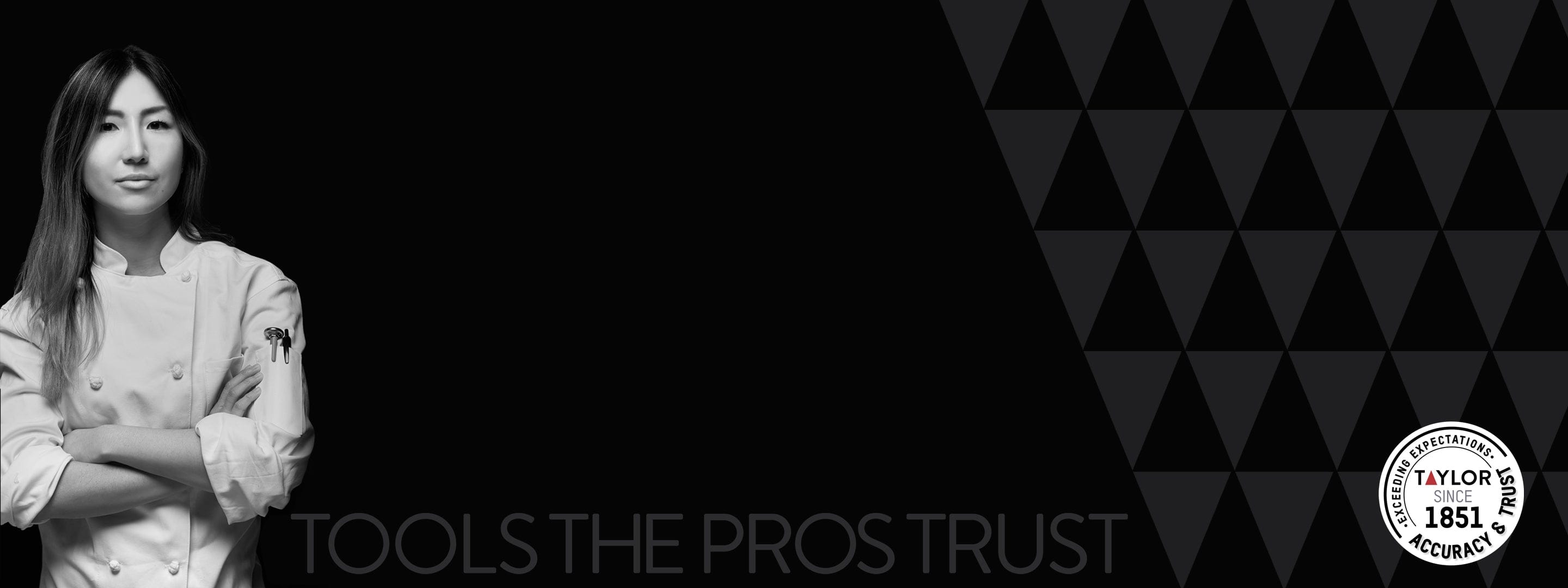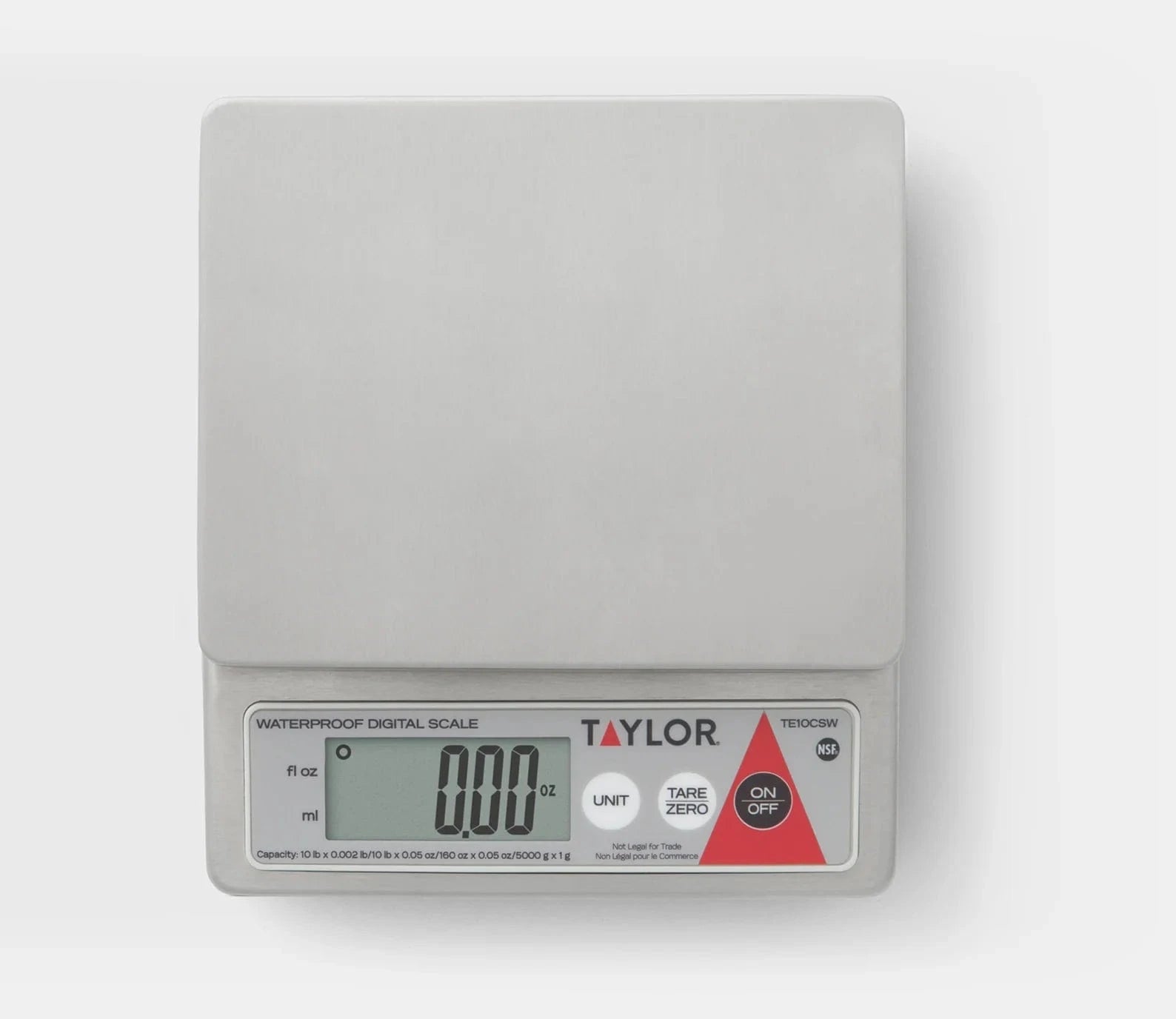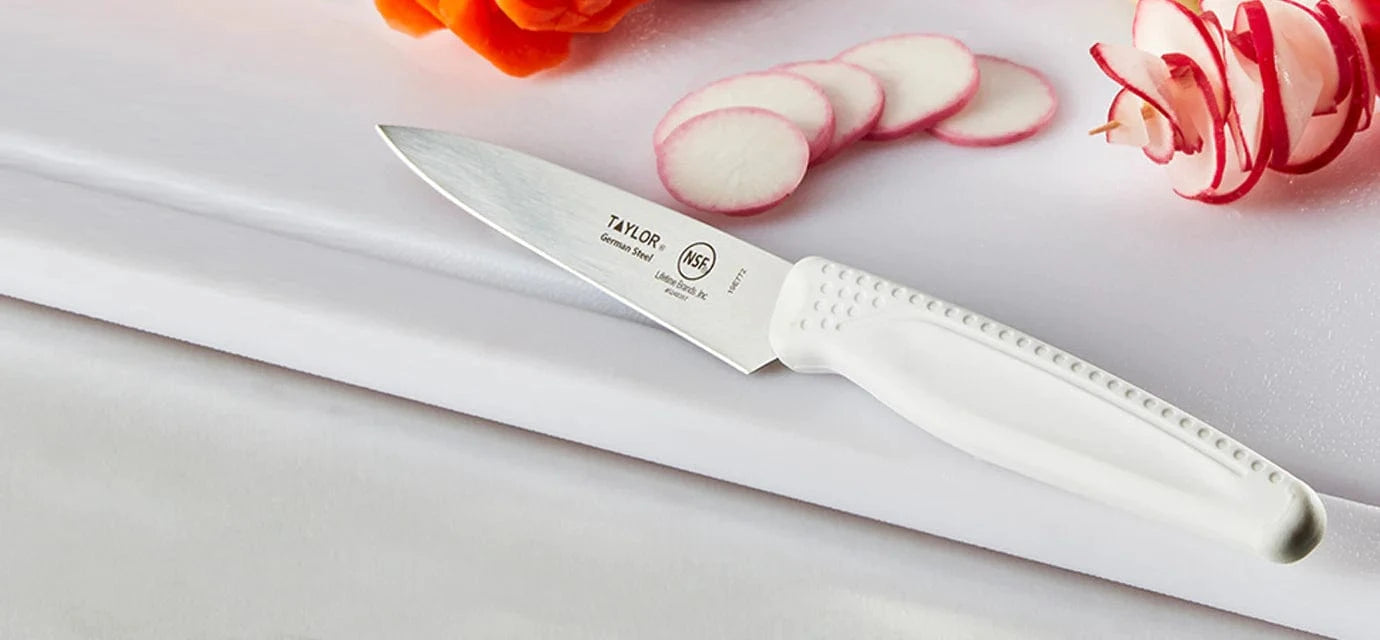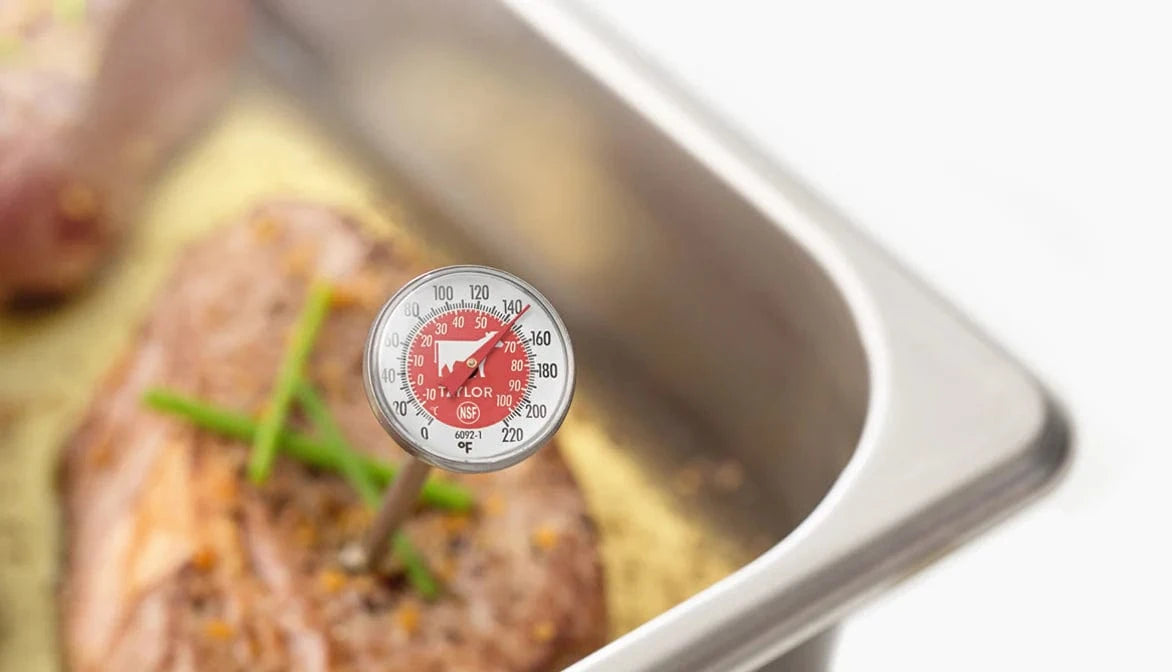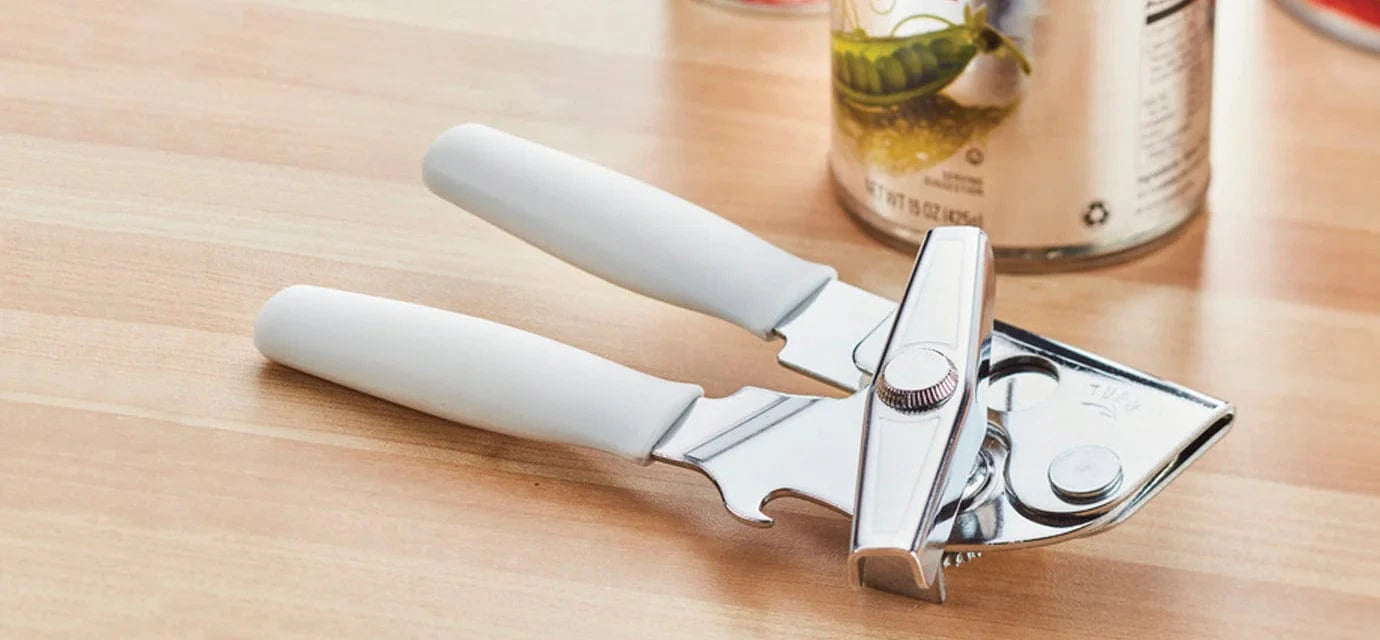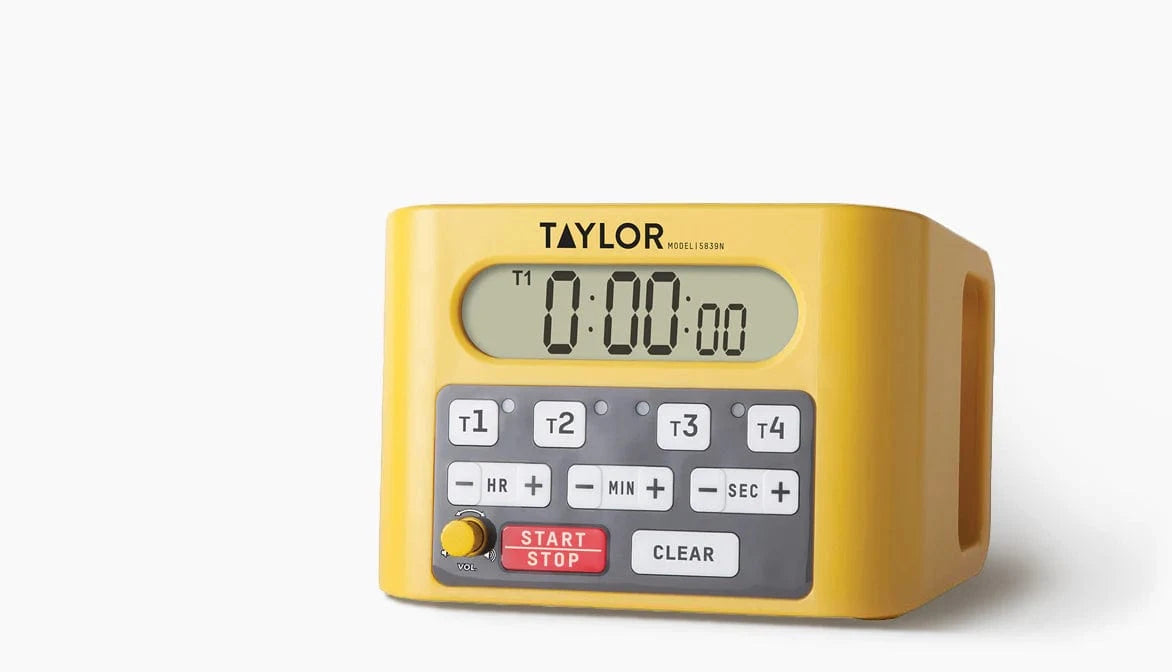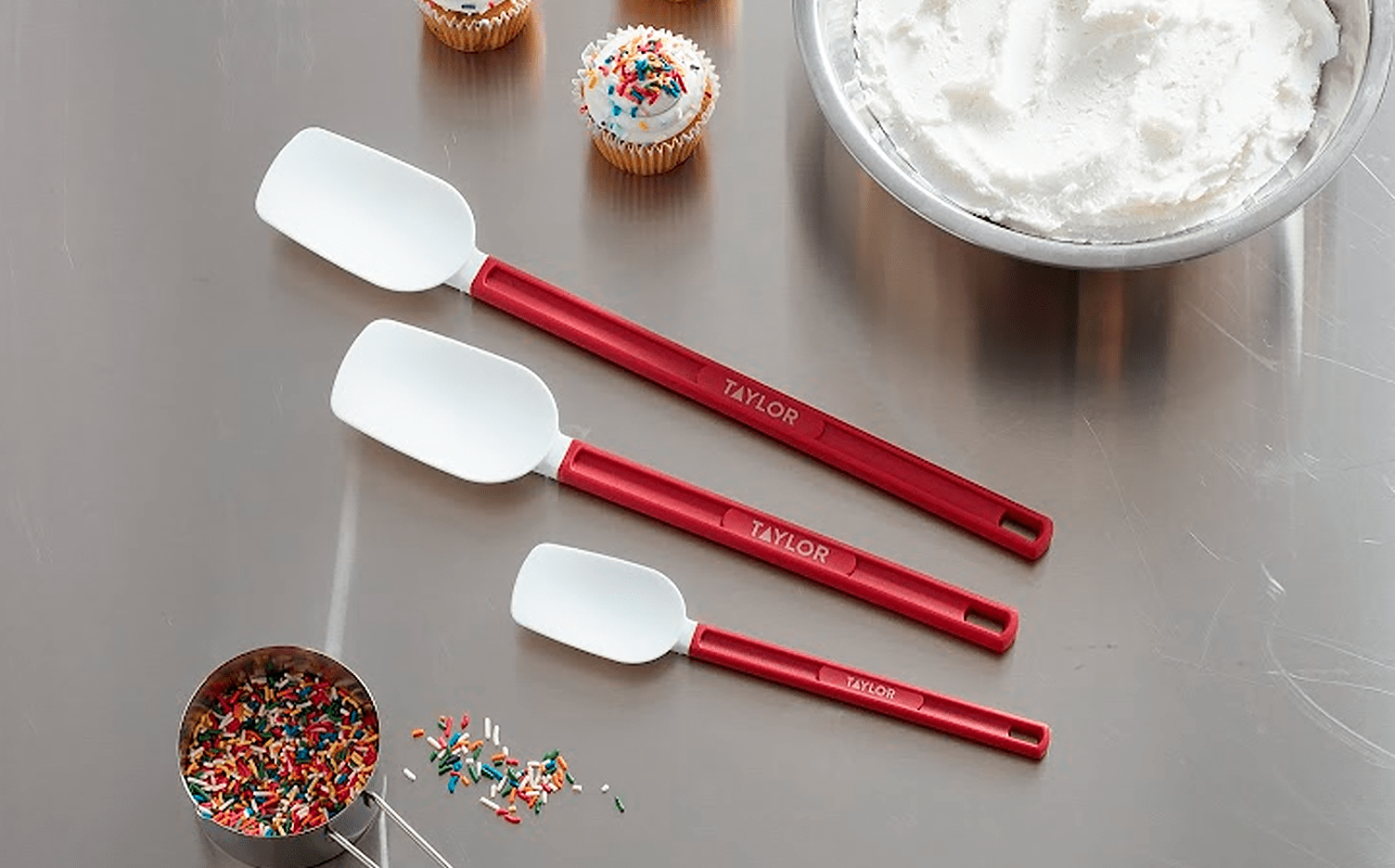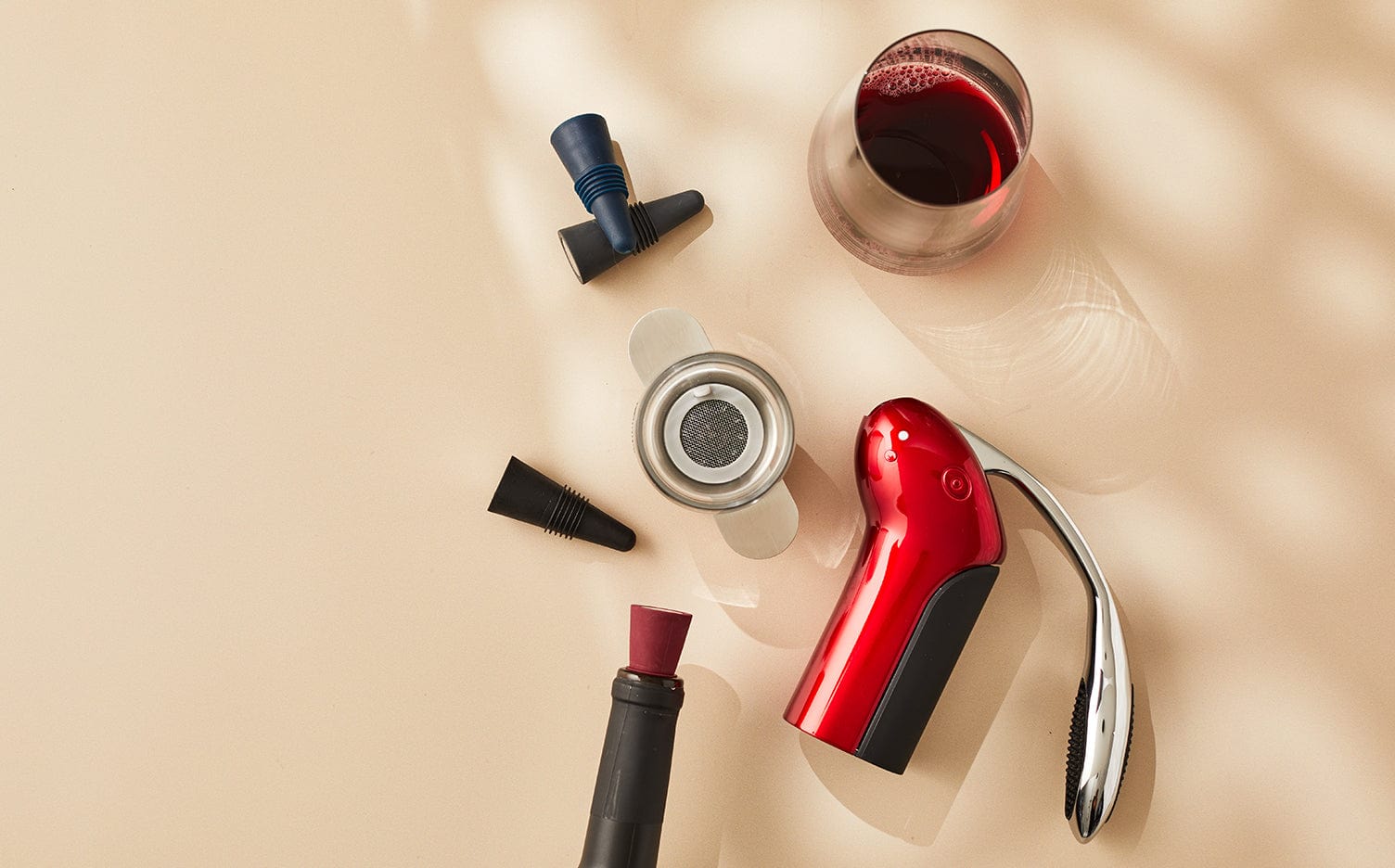Calibration Guide
Important steps to make a proper ice bath
IMPORTANT! Read instructions carefully to determine your thermometer's accuracy specifications.
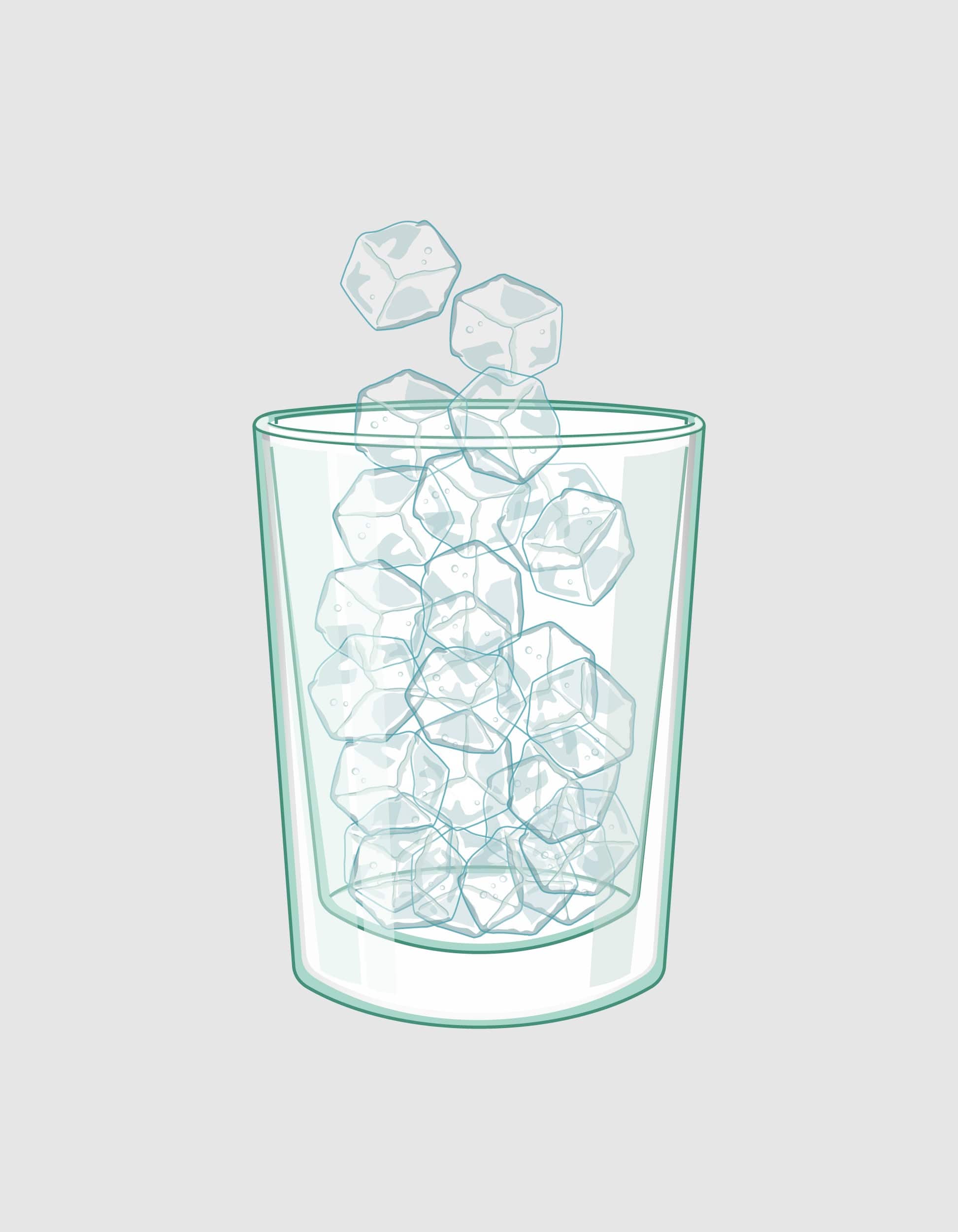
1. Fill Cup with Ice
Fill cup all the way to the top with ice.
Crushed ice works best, because of teh smaller spaces between the ice crystals.
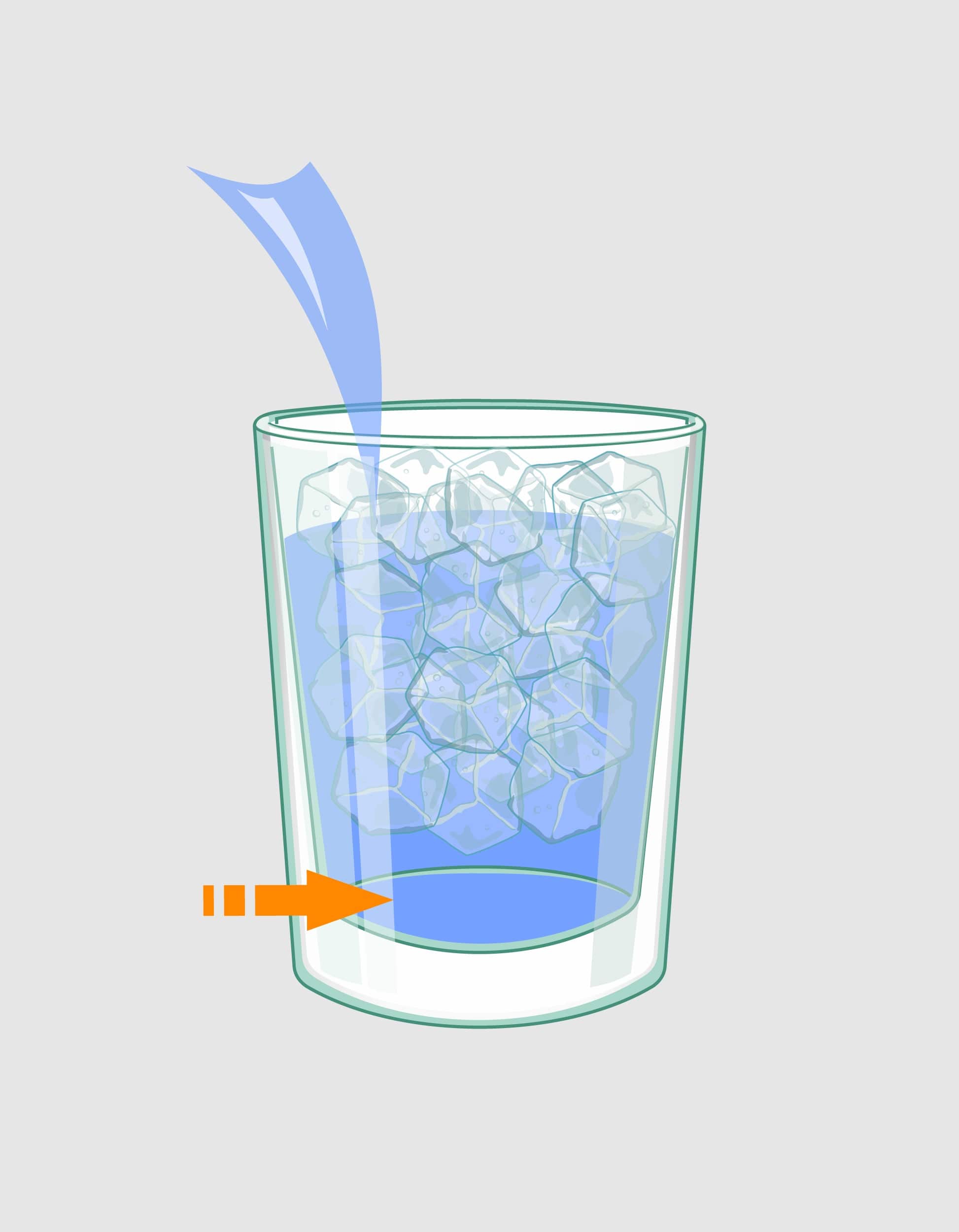
2. Add Water to Cup
Fill cup with water to about 1/2" below the top of the ice.
Ice should not be floating off the bottom of the cup. IF the ice is floating pour off some water and add more ice.
CAUTION: Water below the ice WILL NOT be at 32°F (0°C)
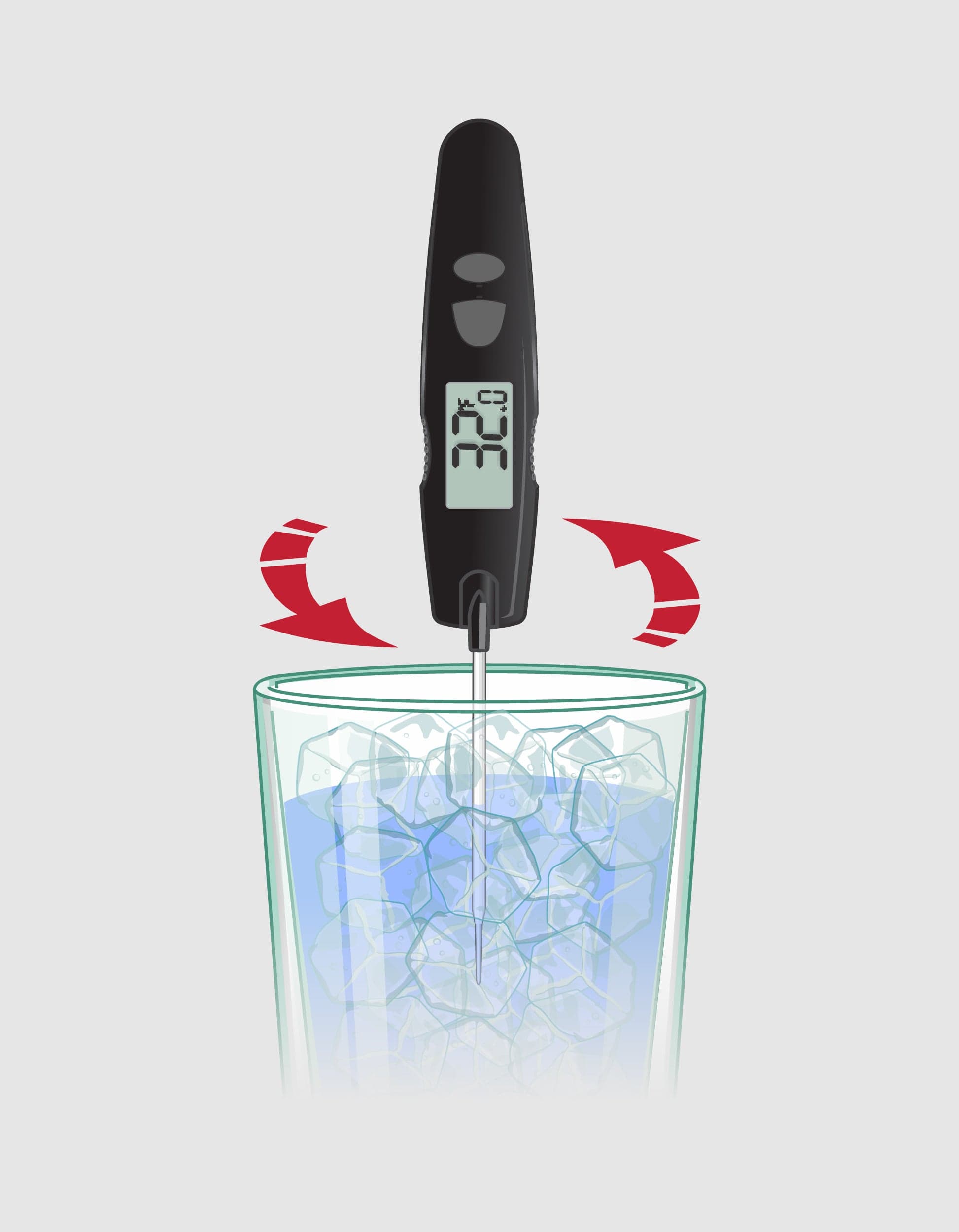
3. Insert Probe, Slowly Stir
Stir the thermometer probe in the center of the ice bath. Allow some time for the sensor to stabilize for an accurate temperature reading.
IMPORTANT! Keep stirring the probe.
KEEP THE PROBE TIP AWAY FROM THE SIDES AND BOTTOM OF THE CUP FOR BETTER ACCURACY.
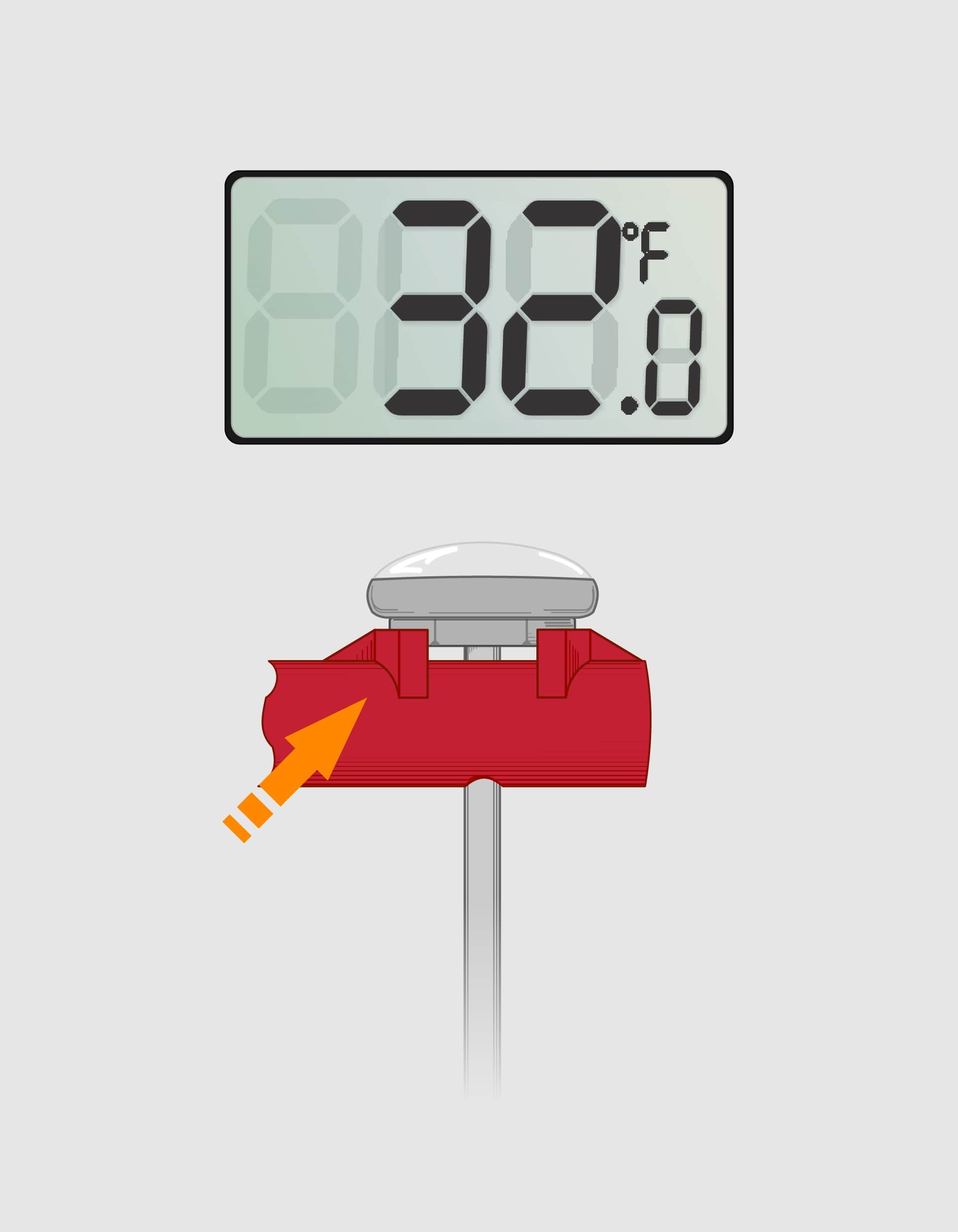
4. Calibrate
Your thermometer should read 32°F (0°C)
in the ice bath. Adjust your thermometer as directed by the thermometers's instruction manual; HOWEVER before you adjust any thermometer check that the readings are within the manufacturere's accuracty specifications. IF it's within the specified tolerance, do not adjust the thermometers's temperature reading!
NOTE: Many instant read thermometers have a built-in wrench feature.
Temperature Zones
212°F: Water boils at sea level
180°F - 195°F: Required for non-chemical sanitizing dishwashers
165°F: Most bacteria killed
Recommended internal temperature:
Eggs at least 155°F
Pork at least 160°F
Beef: ground, medium well at least 160°F
Beef: ground, well 170°F
Poultry 170°F
Temperature Zones
212°F: Water boils at sea level
180°F - 195°F: Required for non-chemical sanitizing dishwashers
165°F: Most bacteria killed
Recommended internal temperature:
Eggs at least 155°F
Pork at least 160°F
Beef: ground, medium well at least 160°F
Beef: ground, well 170°F
Poultry 170°F
Danger Zone 41°-135°F
135°F: Minimum hot-holding temperature, including ready-to-eat and buffet style
120°F: Minimum hot water temperature in a food facility
41°F: Maximum cold holding temperature
41°F Thaw frozen foods at this temperature
Danger Zone 41°-135°F
135°F: Minimum hot-holding temperature, including ready-to-eat and buffet style
120°F: Minimum hot water temperature in a food facility
41°F: Maximum cold holding temperature
41°F Thaw frozen foods at this temperature
Cold Temperature Zones
35-41°F Set refrigerator temperature to insure proper food temperature
32°F Water freezes
0°F Store frozen food below
Cold Temperature Zones
35-41°F Set refrigerator temperature to insure proper food temperature
32°F Water freezes
0°F Store frozen food below
Food Handling Guidelines
- Maintain cold foods at or below 41°F.
- Maintain hot foods at or above 135°F.
- Potentially hazardous hot food should be cooled rapidly. 135°F cooled to 70°F within 2 hours. 70°F cooled to 41°F within 4 hours. Using shallow pans with a product depth of no greater than 2", the food should be placed in a refrigerator uncovered or loosely covered during the cooling process.
- Never defrost food at room temperature. Use a refrigerator, continuously running cold water, a microwave or cook from frozen state. Frozen food that has been thawed should be cooked or otherwise processed before it may be refrozen.
- Cook foods to the proper internal temperature. Use a metal probe thermometer to ensure food is cooked properly.
- Wash your hands thoroughly with hot soapy water (before and after handling food) for a minimum of 20 seconds.
- Avoid handling food when: ill, have a skin infection, or have cuts on the hands.
- Never cross contaminate ffrom raw to cooked products.
- Wash, rinse and sanitize cutting boards and knives between every use.
- Reheat leftovers to 165°F internal temperature or higher, stirring constantly to cook evenly or microwave to 195°F. Never reheat leftovers more than once.
- Keep kitchens, dining areas and storage rooms free from insects and rodents. Store chemicals away from food.
Food Handling Guidelines
- Maintain cold foods at or below 41°F.
- Maintain hot foods at or above 135°F.
- Potentially hazardous hot food should be cooled rapidly. 135°F cooled to 70°F within 2 hours. 70°F cooled to 41°F within 4 hours. Using shallow pans with a product depth of no greater than 2", the food should be placed in a refrigerator uncovered or loosely covered during the cooling process.
- Never defrost food at room temperature. Use a refrigerator, continuously running cold water, a microwave or cook from frozen state. Frozen food that has been thawed should be cooked or otherwise processed before it may be refrozen.
- Cook foods to the proper internal temperature. Use a metal probe thermometer to ensure food is cooked properly.
- Wash your hands thoroughly with hot soapy water (before and after handling food) for a minimum of 20 seconds.
- Avoid handling food when: ill, have a skin infection, or have cuts on the hands.
- Never cross contaminate ffrom raw to cooked products.
- Wash, rinse and sanitize cutting boards and knives between every use.
- Reheat leftovers to 165°F internal temperature or higher, stirring constantly to cook evenly or microwave to 195°F. Never reheat leftovers more than once.
- Keep kitchens, dining areas and storage rooms free from insects and rodents. Store chemicals away from food.
